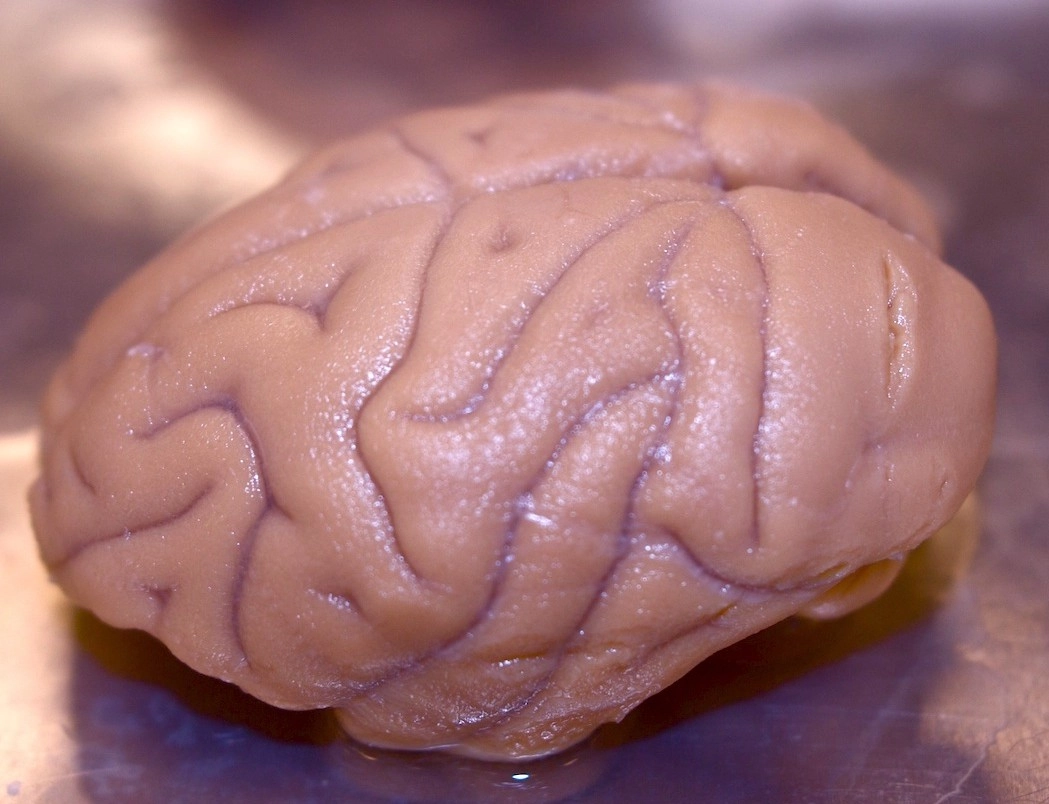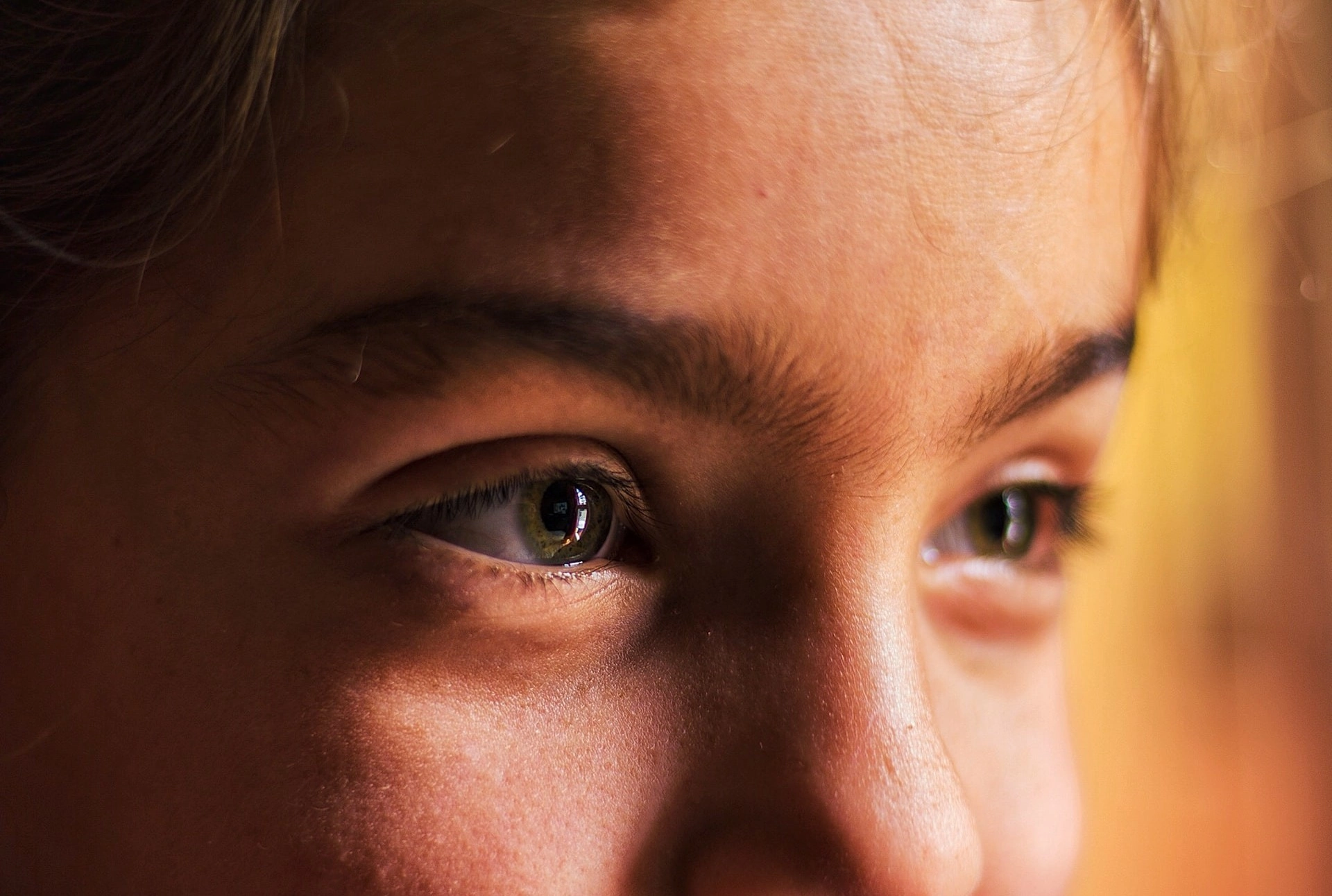What WE STUDY

VISION
We rely on vision as our primary sense for interacting with the world. A large portion of the brain is therefore dedicated to processing and making sense of visual information captured by the eyes.

COGNITION
Brains are more than reflexive machines. Expectations, predictions, and attention are also represented in the brain, above and beyond the incoming sensory world and associated movements. How do these fundamental aspects of behavior alter what we see and how we respond?

EYE MOVEMENTS
Our eyes are not simply cameras in fixed positions. We move our eyes in rapid jumps and continuous tracking movements to find and follow points of interest in the world.

NATURAL BEHAVIOR
What we see--and what we do as a consequence--are intimately linked to the world around us. We strive to use more ecologically plausible environments for testing, recording, and understanding neuronal activity. In this way, understanding vision is an exercise in understanding what we want to achieve in a given environment.
